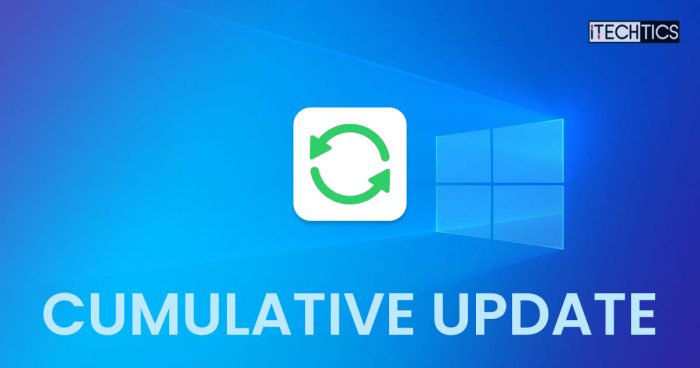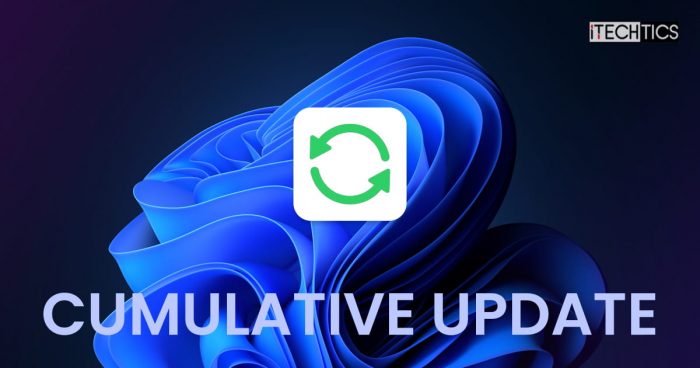Tech news with a mix of expert insights, solutions, and more.

Microsoft Adds Account Notification To Windows 10 Settings With KB5036979
Download the latest Windows 10 preview update using direct download…
Latest Posts
Microsoft Introduces Ads To Start Menu With Windows 11 KB5036980
Microsoft finds a way to introduce non-intrusive ads, but how will the public receive this change?
How To Backup And Restore Device Drivers On Windows 11, 10
Driver backups can come in handy in unforeseen situations. Here are all the methods to create driver backups, and restore…
What Does The “Body Hash Did Not Verify” DKIM Error Mean And How To Address It
Improve your email deliverability by mitigating the DKIM check failure. Here is what you must look out for.
Microsoft Office 2024 LTSC Commercial Preview Is Now Available To Download
Download Microsoft Office 2024 LTSC for Windows and macOS.
How To Fix “SPF Softfail Domain Does Not Designate As Permitted Sender”
If your email is being marked as spam or are getting a bounce-back email with this error in the header,…
How To Fix “Sending Domain Does Not Pass DMARC Verification” Email Bounce Back Error
Email bounce-backs can be an issue on the sender's end. Here is how to fix the DMARC verification failed NDR…
Windows 10 KB5036892 Released With Lock Screen Status And Spotlight As Default Desktop
Microsoft has finally made visual improvements to Windows 10. Download the update here.
Windows 11 “Moment 5” Updates Finally Rolling Out With KB5036893
Windows 11 Moment 5 features are now available for everyone. Download the update here.



